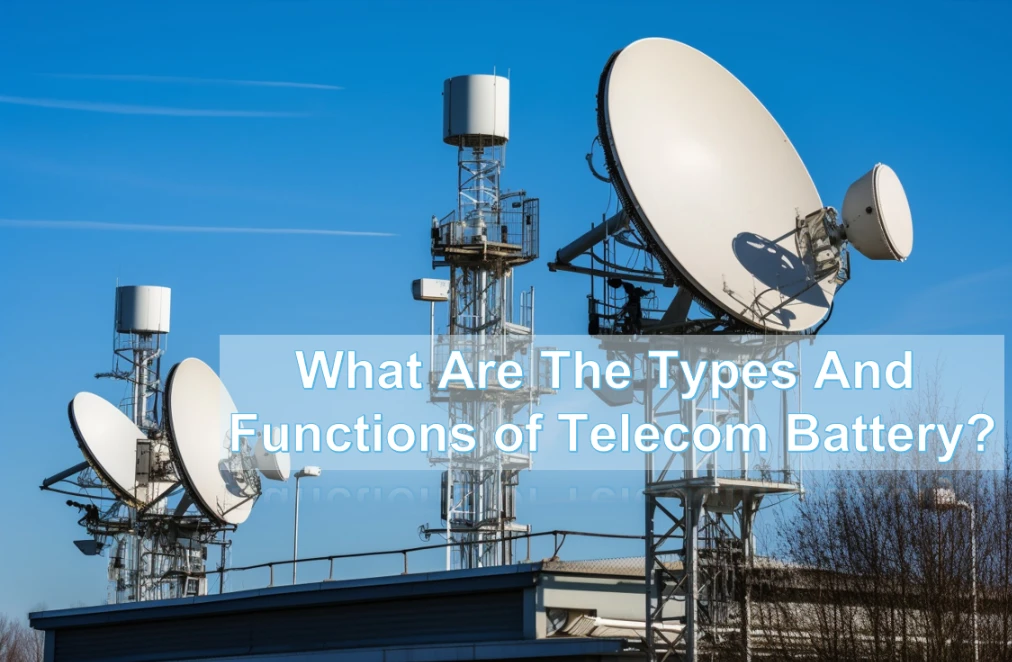
Telecom Battery: Providing Reliable Backup Power
Today’s world demands immediate, uninterrupted communications, constantly powering all essential systems. Powered smoothly, an easy connection is guaranteed in case of an outage. Moreover, businesses, as well as individuals, immensely rely on seamless connectivity because telecommunication companies provide vital services. If there are any interruptions or disruptions in communication, reliability, and efficiency become compromised. A critical ingredient to enable this constant connection is the telecom battery. These batteries are fundamental for providing backup power toward critical infrastructure, such as cell towers, data centers, and communication hubs. Regarding the type of telecom battery or what it does in assuring uninterrupted communications, we will explore below.
Type of Telecom Battery
Several types of telecom batteries have different kinds and categories of characteristics and benefits. The most common is VRLA Batteries.
VRLA Batteries (Valve Regulated Lead Acid)
VRLA batteries are best known for their maintenance-free operation and wide application in telecommunications. The immobilized electrolyte eliminates a need for periodic water addition and enables an efficient gel or AGM to act as a catalyst between plate modules.
The design ensures that hydrogen and oxygen recombine under pressure within the battery, so there is little hazard of gas generation after installation, making them safe for indoor use with limited ventilation.
VRLA batteries maintain high energy density, so they are ideal for locations that need little or no space. For instance, there is little or no room in crowded urban areas.
Selecting the Right Battery for Telecom Applications
The telecommunications industry has unique requirements for backup power, and choosing a battery-type model will be critical. Learn about the functions of telecom batteries and how they fulfill specific telecom requirements:
a. Uninterrupted Power Supply (UPS)
Telecom batteries play a critical role in UPS systems. Whenever there are power outages or variations, they immediately provide seamless power backup to keep communication channels intact.
Uninterrupted power flow qualifies telecom batteries that kick into action immediately whenever there’s a system failure or outage, and services can go on working despite such conditions.
b. Load Balancing and Peak Shaving
On the same lines, telecom batteries also play an important role in load balancing as well as peak shaving. During periods of high power demand, the batteries can provide auxiliary power, reducing the burden on the main power grid.
Else, they help stabilize the overall power supply and prevent overloading, thus ensuring optimal performance of telecom infrastructure.
c. Environment Adaptability
Telecommunication equipment is often installed in diverse environments, from scorching deserts to freezing mountain regions. The telecom batteries must be selected with particular environmental conditions.
Since the VRLA battery has a sealed construction, it is preferable for indoor installations without much or no ventilation.
d. Temperature Resilience
Temperature fluctuations can significantly affect battery performance. When selecting the right type of battery for telecom applications, it is essential to consider the operating temperature range of batteries.
VRLA batteries often have a more comprehensive temperature operating range, thus making them suitable for many deployment scenarios.
So, whether it’s a bustling city or a remote rural area, telecom batteries will continue to empower communication networks and keep the world connected.



